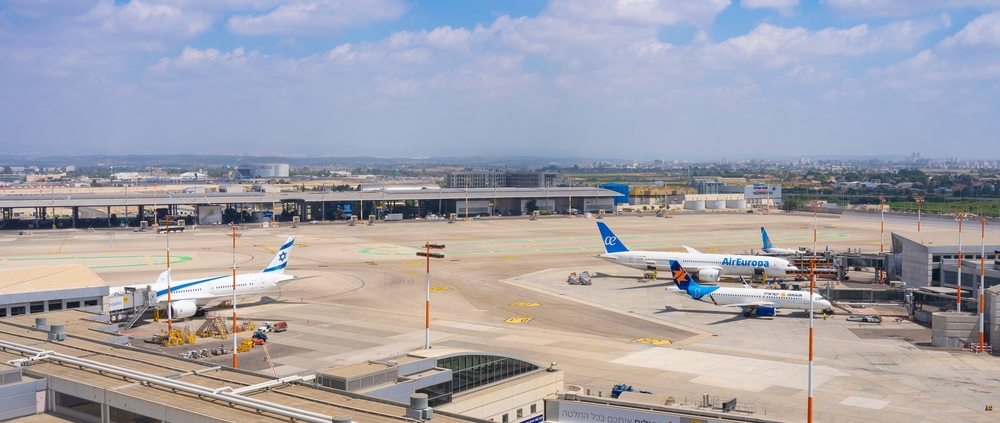Flights in Europe are growing. In January 2025, there was a 6.9% increase in passenger traffic compared to January 2024. This is according to data from ACI EUROPE.
Airports in non-EU countries showed a double-digit growth of 11.4% on average in passenger traffic, while EU countries recorded a more moderate increase of 6%. The increase was primarily due to international passenger traffic (8.3%), while domestic passenger traffic rose by only 2.7% and remained 12.5% lower than its pre-COVID levels.
Among EU countries, several recorded double-digit increases in passenger traffic in January, including Hungary (16.5%), Slovakia (14.4%), Croatia (13.8%), the Czech Republic (13.8%), Poland (13.1%), Denmark (13.0%), and Greece (11.4%).
 Ben Gurion Airport. Photo: Shutterstock
Ben Gurion Airport. Photo: ShutterstockOn the other hand, countries like Germany (2.1%), Ireland (1.5%), Sweden (-1.7%), and Slovenia (-3.4%) displayed below-average performance, mainly due to economic crises.
In non-EU countries, significant increases in passenger traffic were recorded, especially in Israel (77.7%, when compared to January 2024 when the war was at its peak), Moldova (62.0%), Bosnia and Herzegovina (50.1%), Uzbekistan (23%), Kosovo (19.6%), Georgia (12.8%), Albania (11.9%), and Azerbaijan (10.4%).
Leading Airports
Among major airports (over 40 million passengers per year), there was a 7% increase in January. Istanbul led with 6.4 million passengers (up 7.1%), followed by London Heathrow with 6.3 million passengers (up 5.3%), Paris Charles de Gaulle with 5.3 million passengers (up 10.5%), Madrid with 5.2 million passengers (up 8.3%), and Amsterdam with 4.8 million passengers (up 5.7%).
Among airports with annual passenger traffic between 25 to 40 million, there was a 6.1% increase. Notable among them: Milan Malpensa with an increase of 14.9%, Athens with 14.5%, Copenhagen with 13.9%, Oslo with 9.4%, Manchester with 8.5%, Lisbon with 2.4 million passengers, with an impressive increase of 22.1% compared to pre-COVID times.

